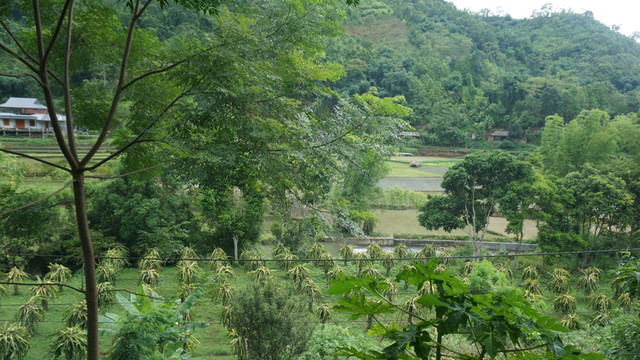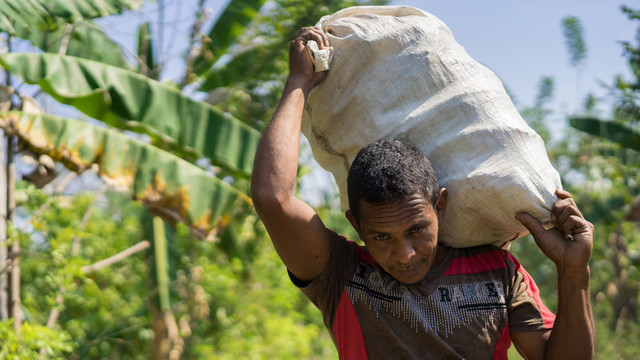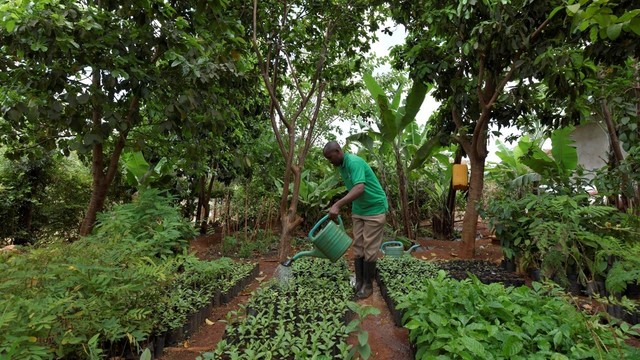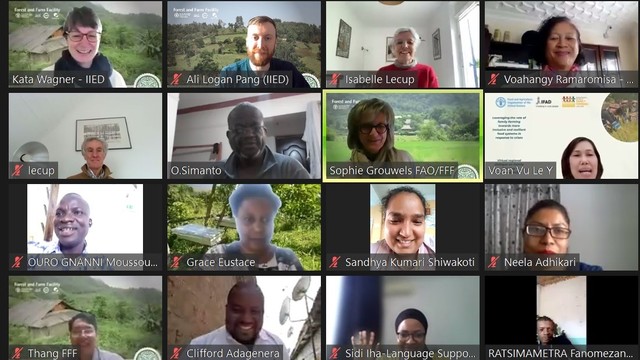Fairer by Far: Multi-functional mosaics for public goods
Smallholder forest-farms, like the one below in Chin State, Myanmar, are increasingly coming into competition with large-scale investors. Global demand for food, feed, fuel and fibre products is putting a squeeze on forested land.


Smallholder forest-farm in Myanmar
Forest landscapes provide a number of public goods — options for income generation, food security, energy access — but also the capacity to mitigate climate change, conserve biodiversity and fertilize soils without the need for excessive use of chemical inputs. They provide a stream of benefit to the poor — and a mop for the excess of the rich. So why do they so often fail to provide all these goods to the publics that need them?
The problem is that 'publics' in various places lay claim to various 'goods' that may be local or generated elsewhere. Some publics (notably wealthy urban consumers) have considerably more financial muscle than other publics (notably poor rural producers) — so claims over forest landscapes of the former tend to trump and displace the latter.
As noted in a recent paper, there are two broad schools of thought about this. The first school, 'monotypic masses', considers the key factor in delivering public goods from forest landscapes to be unleashing the power of capital through technological and scale efficiencies (big blocks of food crop, timber plantation and conserved forest where they add most value). The approach has considerable economic logic, but incurs some notable risks, both social (e.g. conflict over displacement) and environmental (e.g. climate related pest and disease outbreaks in monocultures) that might undermine the economics.
The second school, 'multi-functional mosaics', considers the goods of local people to be non-negotiable (a patchwork of small plots providing different local needs – but with surplus catering for distant public goods too). The approach has plenty of social and environmental justice, but suffers from some serious economic downsides (e.g. the transaction costs of reaching multiple smallholders, and equipping them with the business skills to deliver what is required). Much current development support is trying to reduce social and environmental risks for the 'monotypic masses' school – much less to reduce economic downsides for the 'multi-functional mosaic' school.
But when eight country teams from the Forest Connect alliance surveyed how different enterprise options from forest landscapes might optimize public goods, no team invoked a single 'monotypic' enterprise solution.
In other words, however profitable particular food, feed, fuel or fibre options might be in a particular country contexts, no single option adequately furnishes the entirety of public goods required, especially by local, but also by distant, publics. Multi-functional mosaics in forest landscapes (notwithstanding the obvious need for ecological corridors and reserves) do seem to be fairer by far for both local and global publics.
The priority then is to channel investment into locally controlled forest-farm mosaics such that they deliver economically. Fortunately, much recent understanding has developed on how to go about ‘Investing in Locally Controlled Forestry’ , including a synthesis review of an 11 dialogue process on the topic and a practical guide for investors and local right-holder groups.
Duncan Macqueen is principal researcher in IIED's Forest Team.
This post was first published on the Landscapes Blog for People, Food and Nature.
Read More:
Macqueen, D.J. and Rolington, L. 2013. Prioritising scarce resources for facilitated support of small forest and on-farm tree enterprises. Edinburgh: IIED.



